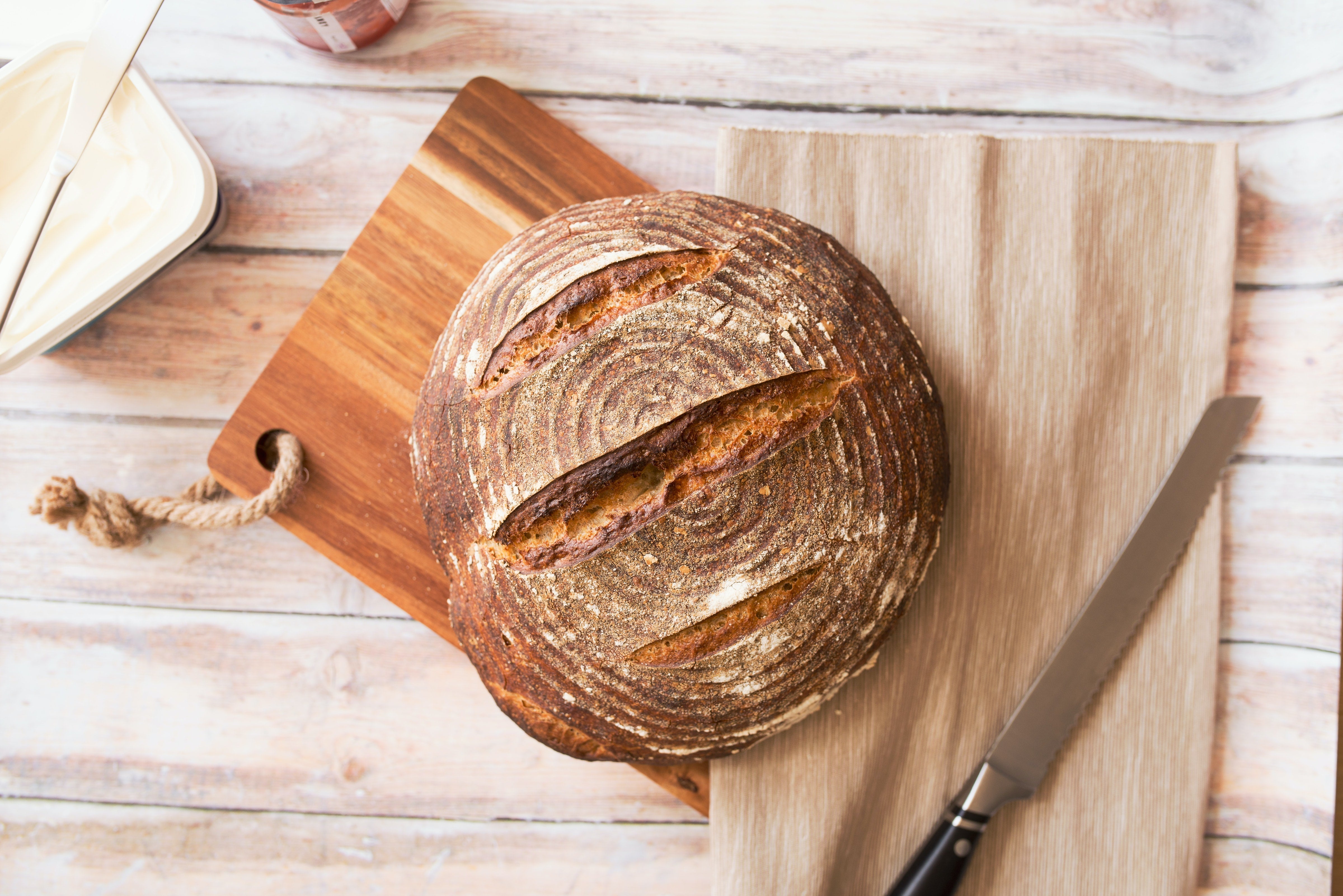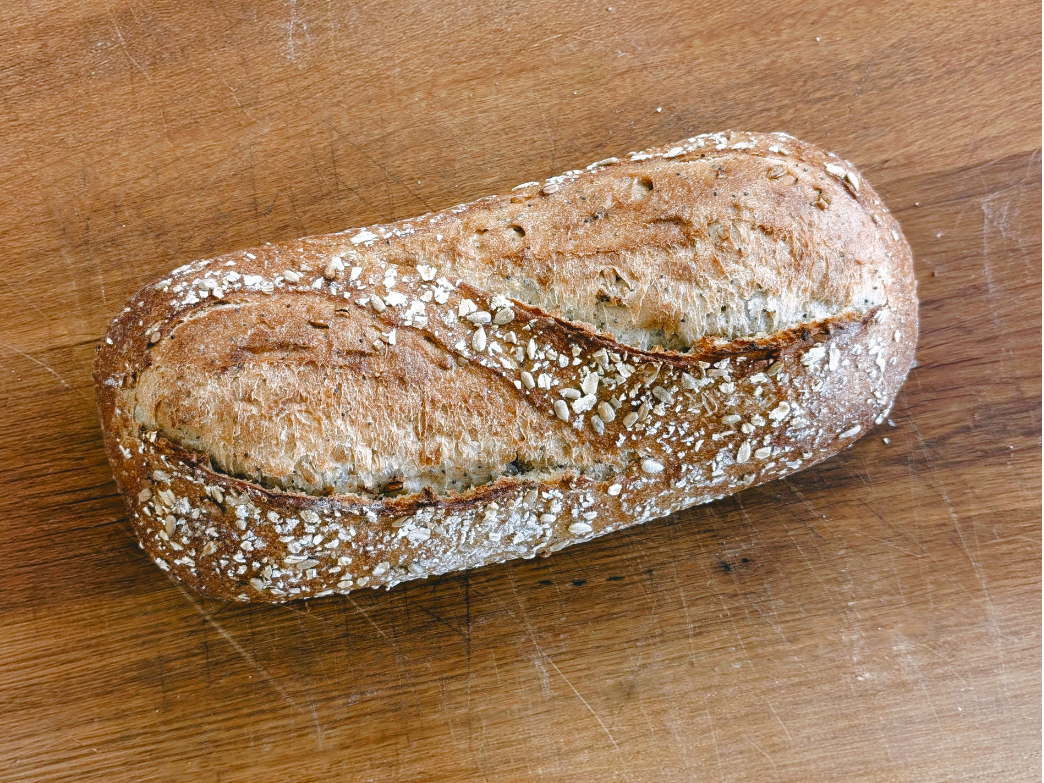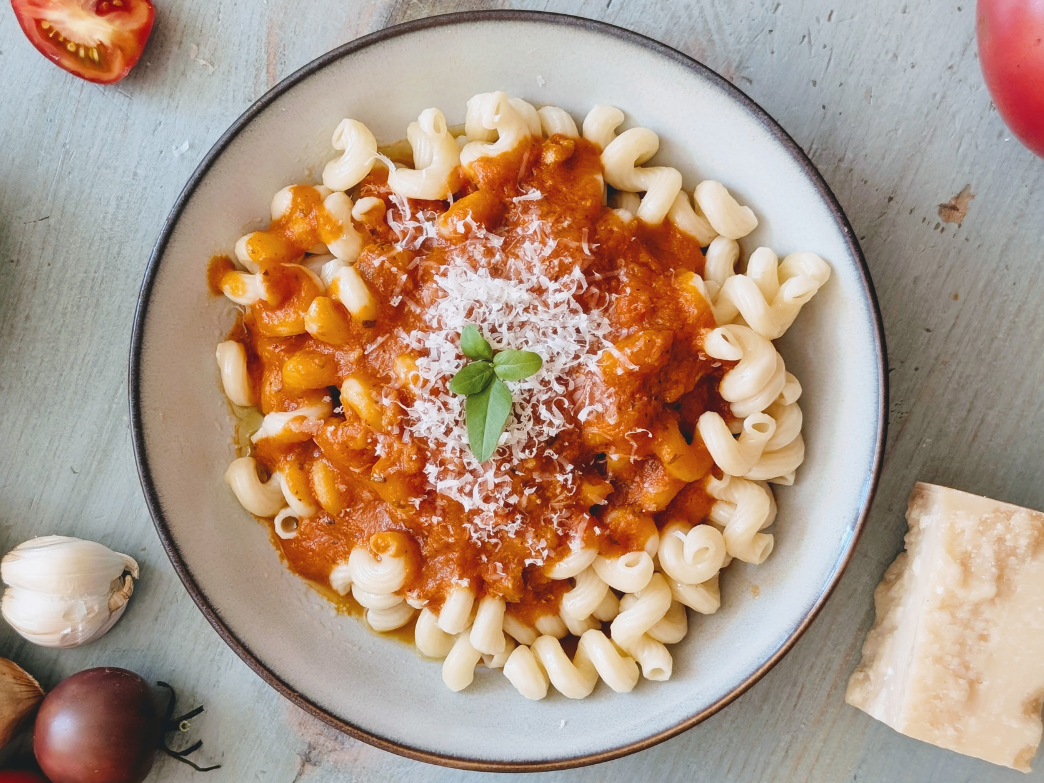Give bread a break, there’s a whole load of nutritional benefits in each slice
We humans once loved bread so much that every great innovation was compared to the sliced version of it, yet now many of us spurn it on the basis that it is supposedly bad for you. In fact, carbs in general are viewed with growing suspicion.
Does bread deserve this unwholesome reputation? Will cutting it out lead to weight loss? How prevalent is gluten sensitivity? To find out the answers to these questions and more we spoke to Juliette Kellow, a registered dietitian (a regulated designation which means practitioners have to meet certain standards) and nutrition consultant for Panasonic, which makes bread makers.
What are the nutritional benefits of eating bread?
Many people think bread has little going for it in terms of its nutritional value, but this is inaccurate. A standard slice of bread is low in fat and saturated fats. Wholemeal varieties are also high in fibre, making it a great fit for a healthy diet. Bread also provides a range of B vitamins, which keep our nervous system functioning, as well as iron and calcium – two slices of white bread supply 16% of our daily needs for calcium, a nutrient that’s needed for healthy bones and teeth. The average loaf is also not the sugar trap many of us tend to think it is. The average loaf has just a quarter to half a teaspoon of sugar per slice – that’s very little when compared to many other snacks and on-the-go options.
What are the downsides of eating bread?
Bread is one of the main providers of salt in our diets. The good news is bread manufacturers have worked hard over the years to reduce the salt content of loaves. A typical slice of bread now contains around 0.4g salt – around 7% of the maximum amount we should have in a day.
It’s important to bear in mind that you rarely have bread on its own, so watch what you serve with your bread. Piling on butter or spread, dipping it into olive oil, smothering it in jam, honey or chocolate spread, or adding thick slices of cheese or mayo-laden fillings to make a sandwich will seriously increase calories, fat, sugar and/or salt.
How much better for you is wholemeal bread compared to white bread?
Wholemeal bread, sometimes called wholegrain or wholewheat, has always been given the health halo in the bread world. Studies show that people who have higher intakes of wholegrains tend to have healthier hearts, have a lower risk of type 2 diabetes and bowel cancer, and find it easier to manage their weight. Because it contains the whole grain, it’s much richer in fibre than white bread – just one slice of wholemeal provides a tenth of our daily needs. This is great news because most of us fail to get anywhere near enough fibre in our diet. Nevertheless, even though white bread lacks the wholegrain and fibre content of wholemeal varieties, it still delivers energy-providing carbs, is low in fat and saturates, and contains a range of vitamins and minerals.
Is mass-produced bread worse for you than fresh bread?
There’s no evidence that the vitamin content of bread baked using modern techniques differs from bread baked using more traditional methods, or that it results in bloating or greater digestive discomfort. However, making your own bread – either by hand or in a bread-making machine – means you have complete control over what goes into your loaf, which is great for people who have allergies or those who follow a specific diet. That gives you the option to make breads healthier by using wholegrain high-fibre flours, reducing the amount of salt, and mixing in extra nutrient-rich ingredients such as nuts, seeds, oats or dried fruit.
How much bread should you eat?
This really depends on a person’s dietary requirements and goals, as well as their preferences. There’s no set amount that should be eaten or not eaten. The main point is that health guidelines in the UK recommend that around half of our daily calories come from fibre-rich, starchy carbs and ideally wholegrains.
What kind of evidence is there for the existence of gluten sensitivity?
Coeliac disease affects around one in 100 people. Contrary to popular belief, it’s not an allergy or intolerance, it’s an autoimmune disease, where the body’s immune system reacts abnormally to gluten – a protein found in wheat, rye and barley. This damages the lining of the small intestine, which prevents food being digested and absorbed, resulting in digestive symptoms such as stomach cramps, diarrhoea and bloating. The only solution is to stick to a gluten-free diet for life and that means eliminating all foods that contain gluten.
Increasingly though, some people report having similar gut symptoms when they eat foods that contain gluten even though they don’t have coeliac disease. This is sometimes called non-coeliac gluten sensitivity. At the moment, this is a very new area in medicine and much more research is needed to understand the condition and what its causes, diagnosis and treatment might be. If you think you’re experiencing symptoms when you eat foods that contain wheat, barley or rye, the first thing to do is see your GP so that you can have tests to rule out coeliac disease. It’s also important that you carry on eating gluten-containing foods until the tests have been carried out – if you avoid them, it’s harder to get an accurate diagnosis.
What percentage of people are intolerant to wheat?
Studies suggest as many as 20-30% of us believe we are allergic or intolerant to one or more foods. However, the real prevalence is closer to 1-2%. It’s important to avoid simply cutting wheat out of your diet without medical supervision – you may end up with an unbalanced diet that’s lacking in certain nutrients or you may mask another underlying health problem that needs investigating.
Is there any benefit to cutting bread from your diet if you’re trying to lose weight?
Carbs are often viewed as the devil when trying to lose weight, with a lot of people choosing to cut this food group out entirely in an effort to see a change on the scales. However, restricting any food group isn’t recommended because it can mean you miss out on a range of nutrients, plus you end up with a diet that’s often unsustainable. Meanwhile, bread isn’t the calorie fright many of us think it is – a typical medium slice of bread contains around 90 calories, while thick slices have around 130 calories. To put that into context, UK health guidelines recommend women have 2,000 calories a day and men around 2,500.
Written by Nick Harris-Fry for Coach and legally licensed through the Matcha publisher network, opens in a new tab. Please direct all licensing questions to legal@getmatcha.com.



